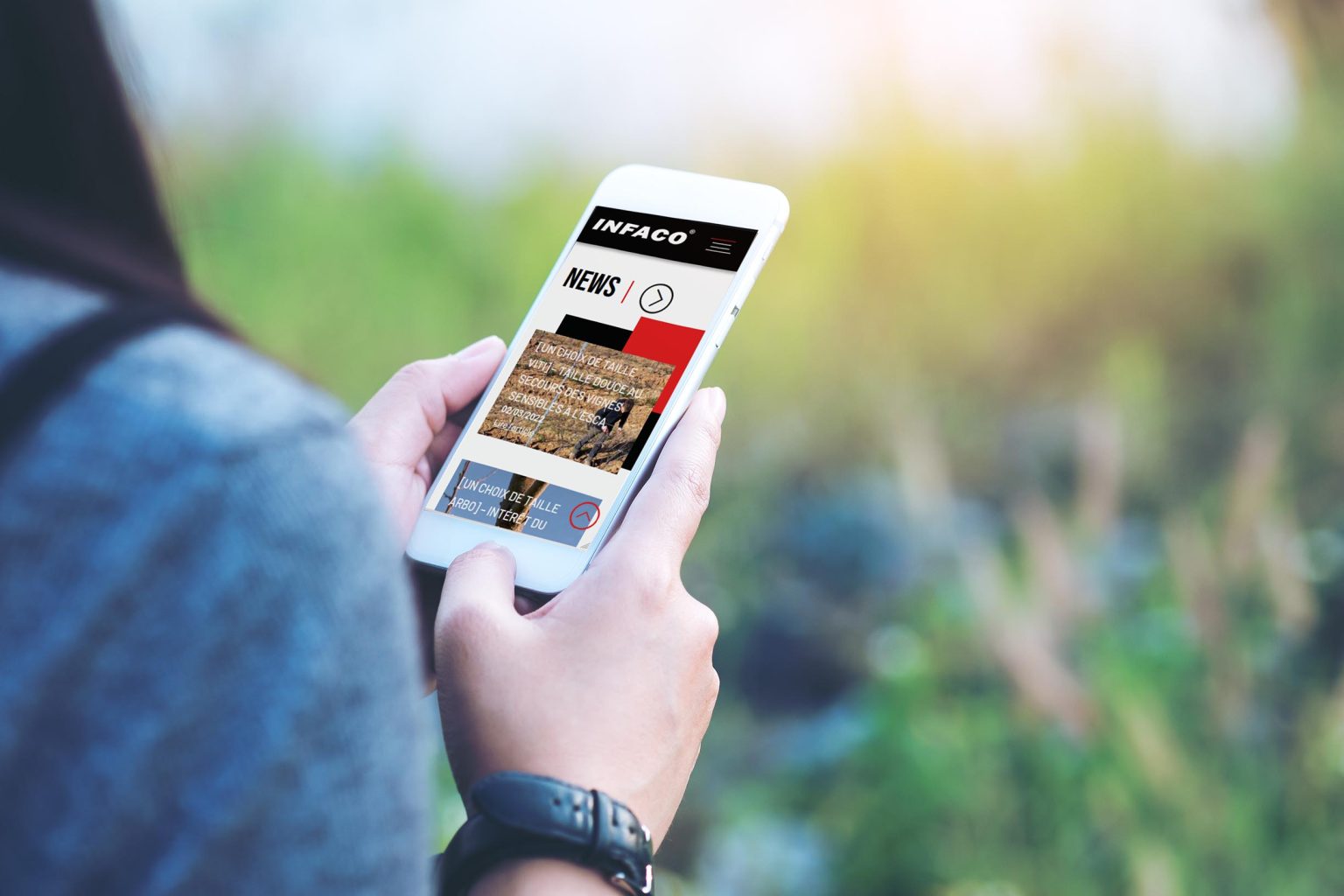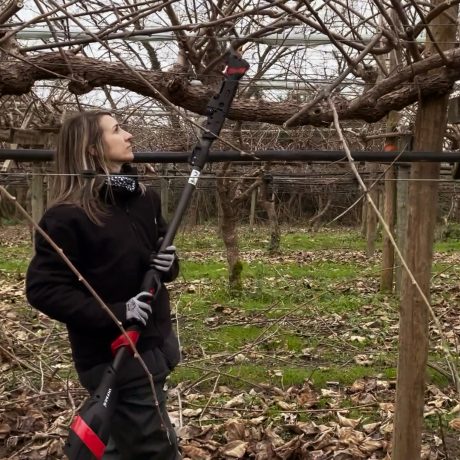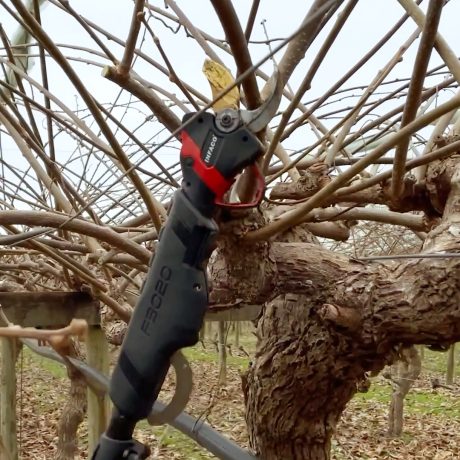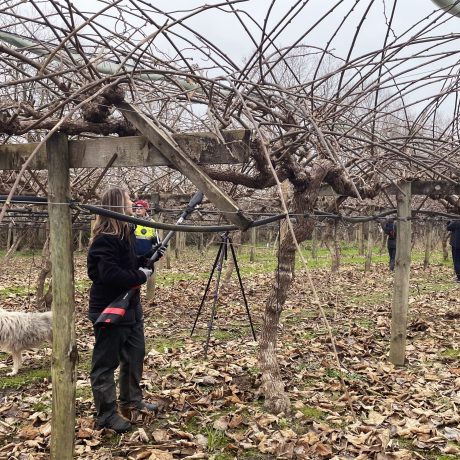

While the reputation of the kiwifruit in France is relatively recent, its cultivation goes back a long way. Today, this little fruit has largely conquered the French and world markets. Here's how.
Kiwifruit, or actinid fruit, originated in China, where it has been cultivated for several thousand years. However, the fruit was made famous by New Zealand, which introduced it to the whole world. At that time, in the early 20th century, the New Zealanders decided to change its name: the Chinese gooseberry (in reference to its origins) became the famous "kiwi". Eventually, they began exporting actinid seedlings to the northern hemisphere, and today many countries around the world share the juicy kiwi market...
#Did you know that the kiwi is named after the endangered New Zealand bird of the same name? At the time, this change of name enabled New Zealand to open up new markets, without any Chinese connotations.

We all associate growing kiwifruit with New Zealand and its 13,000 hectares of actinidia trees, but it's not the only country to produce them! China, Italy and France (particularly the Adour valley) are also major producers. This type of fruit-growing, described as "exotic" in France, is similar to all the others. It's also cyclical, with different stages depending on the season: budburst, flowering, pruning and harvesting, to name but a few.
There are two different varieties of kiwifruit: green kiwifruit and yellow kiwifruit. The latter is the fruit of a New Zealand innovation that has given a major boost to the kiwifruit market worldwide, despite its higher price and sweeter taste.
In France, around 1 billion kiwis are eaten every year, making kiwifruit one of France's favourite fruits! Yet just a few decades ago, it was virtually unknown in France. In France, some tree growers have decided to make it their new business, abandoning other fruit trees to become kiwifruit growers. Why should they do this? Certain fruits, such as apples, are no longer profitable and are experiencing an unprecedented crisis, whereas kiwifruit seems more attractive. Yellow kiwifruit in particular! The yield per hectare of yellow kiwifruit can be double or even triple that of "simple" green kiwifruit, given the right conditions.

A few months ago, we set out to meet Agnès Lassalle, manager of EURL Saphores. She grows kiwifruit in the Adour valley, near Peyhorade: the capital of French kiwifruit. The kiwifruit tree has vigorous vines, which sometimes need to be pruned high up in winter. Everyone in Agnès' pruning team has opted for the tool that suits them best. Some use professional pole-mounted electric pruning shears, whose built-in battery gives them greater freedom of movement when untangling and removing old branches. To see or watch this report again, go to our Youtube page or click on the video below.
Kiwifruit growers also need to tie fruit branches to their trellises. Tying can be done manually or with automatic electric tyers like those used in viticulture. This winter, INFACO presented the AT1000, which has been tested by kiwiculture customers, who have appreciated the developments in this new power tool.
Subscribe to our monthly newsletter to find out more.